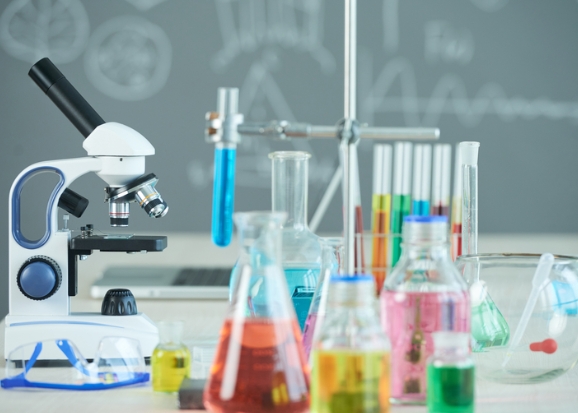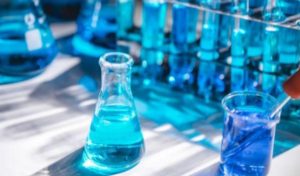
Chemical reactions are the driving force behind countless biological processes, from the digestion of food to the synthesis of essential molecules within our cells. While enzymes are widely known as biological catalysts, there are other chemicals that also play crucial roles in accelerating and regulating these reactions. In this article, we delve into the fascinating world of chemicals that act as biological catalysts, exploring their functions, mechanisms, and applications.
- The Definition and Significance of Biological Catalysts:
Biological catalysts, also known as biocatalysts, are substances that enhance the rate of chemical reactions within living organisms without being consumed in the process. They are essential for maintaining life's intricate biochemical pathways and are involved in a wide range of physiological functions. While enzymes are the most well-known biocatalysts, other chemicals such as coenzymes, metal ions, and organic molecules also exhibit catalytic properties. - Enzymes: Nature's Master Catalysts:
Enzymes are protein molecules that act as highly efficient catalysts in biological systems. They possess a unique three-dimensional structure that allows them to bind specific substrates and facilitate chemical transformations. Enzymes exhibit remarkable specificity, enabling them to catalyze specific reactions while excluding others. Their catalytic prowess arises from their ability to lower the activation energy required for a reaction, thereby increasing the reaction rate. - Coenzymes: Enabling Enzymatic Reactions:
Coenzymes are non-protein organic molecules that work in conjunction with enzymes to facilitate catalysis. They often act as carriers of chemical groups or electrons, shuttling them between different enzymes and reactions. Coenzymes are essential for the proper functioning of many enzymatic reactions, and their absence can lead to metabolic disorders. Examples of coenzymes include NAD+ and FAD, which participate in redox reactions, and coenzyme A, involved in acyl group transfer. - Metal Ions: Catalytic Cofactors in Action:
Certain metal ions, such as zinc, iron, and magnesium, serve as catalytic cofactors in many enzymes. They play critical roles in stabilizing reaction intermediates, facilitating electron transfer, or participating directly in the catalytic process. Metal ions can coordinate with substrates and enzymes, altering their electronic properties and promoting specific chemical reactions. Their presence is often essential for the proper folding and activity of enzymes. - Organic Molecules: Unconventional Catalysts:
Beyond enzymes, coenzymes, and metal ions, organic molecules can also exhibit catalytic properties. For instance, certain small organic molecules known as organocatalysts can accelerate chemical reactions by activating substrates or facilitating the formation of reactive intermediates. These organocatalysts often rely on non-covalent interactions, such as hydrogen bonding or π-stacking, to enhance reaction rates. Their versatility and mild reaction conditions make them valuable tools in synthetic chemistry. - Applications and Future Perspectives:
Understanding the role of chemicals as biological catalysts has far-reaching implications in various fields. The knowledge gained from studying these catalysts can inspire the development of novel drugs, environmentally friendly industrial processes, and efficient energy conversion systems. Researchers are actively exploring the potential of artificial catalysts inspired by nature's designs, aiming to create more sustainable and efficient chemical transformations.
Conclusion:
Chemicals that act as biological catalysts are integral to the functioning of living systems, driving essential biochemical reactions with precision and efficiency. Enzymes, coenzymes, metal ions, and organic molecules all contribute to the vast repertoire of biological catalysis. By unraveling the mechanisms and applications of these catalysts, scientists are paving the way for groundbreaking advancements in medicine, industry, and beyond, harnessing the power of nature's catalysts for a brighter future.


